Recreational amphibious vehicles are nothing new, but most are one-offs, and most tend to be boats that can creep on land, or cars that slosh slowly through water. There are exceptions, notably entries from Gibbs, but arguably, amphibious vehicles have not made the grade as true all-round vehicles that can be driven to work during the week, and on the lake on weekends. WaterCar’s new Panther straddles the divide.
Take a Jeep CJ-8, put a Honda Acura 3.7-liter V6 in the back to provide 305 hp, add a fiberglass hull, retracting wheels, and a jet boat drive and you’ve got the new Panther from WaterCar, which it claims is the world’s fastest amphibious car. Capable of doing over 80 mph (127 km/h) on the road and 44 mph (70 km/h) on the water, the Panther is equipped with a long-travel off-road suspension that allows access to less user-friendly lakes. The appearance of the Panther takes after the Jeep CJ-8 Scrambler, with a stretched wheelbase that provides extra interior room.
Because the Jeep chassis proved too heavy, so WaterCar designed a lightweight chassis made of chromoly steel. Having properties (weldability, formability, strength, ductility and toughness) that greatly exceed those of regular carbon steel, the choice of chromoly steel, while pricey, solved the Panther’s weight problem.
The Panther’s chassis was designed to slip neatly into a fiberglass hull, and is secured therein by modern epoxies, thereby reducing noise and shimmy during hard handling. The hull and chassis incorporate advanced composites where extra strength and toughness is required, and the hull is filled with closed-cell styrofoam, rendering the Panther nearly unsinkable.
What goes inside the hull and chassis includes a powerful powertrain that provides motive force both on land and water. The engine for the Panther is the latest-generation Acura 3.7-liter VTEC V-6 engine. An all-aluminum powerplant, the V-6 is equipped with single overhead camshaft cylinder heads and 24 valves. Both intake and exhaust valves are controlled by Acura’s Variable valve Timing and lift Electronic Control (VTEC) system.
This 3.7-liter engine is a bored and stroked version of the Acura 3.5-liter engine. As this left little clearance between the cylinders, the cast-in iron cylinder liners of the 3.5 liter were replaced by high-silicon aluminum liners. This results in better cooling and tighter piston ring seals. The compact and efficient 3.7-liter engine produces 305 horsepower at 6,300 rpm with special emphasis on mid-range torque giving this VTEC a peak torque of 274 lb-ft (371 Nm) at 4,500 rpm.
The Panther uses WaterCar’s own transfer case with Winter’s Quick Changegears and components to transfer power between a model 091 VW Vanagon bus four-speed manual transaxle driving the rear wheels, and the H450 Panther Jet drive. WaterCar’s transfer case is rated at 1,000 hp, so should have a long service life in the Panther. The H450 Panther Jet drive is rated to 500 hp input.
Enough tech specs – how does the Panther perform? On the road the Panther is capable of a maximum speed somewhere north of 80 mph (128 km/h). Acceleration times are not yet available, but with 305 hp (232 kW) driving a car weighing just under 3,000 lb (1,340 kg), it is reasonable to expect snappy, if not extreme, acceleration. The VTEC engine has a compression ratio of 11.1:1, and requires 91-octane premium gasoline to avoid detonation.
Entering the water can be done at speeds up to 15 mph (24 km/h) if there is no step higher than about six inches (15 cm) and the beach is sufficiently firm. Some spectacular entries and exits from the water appear on the video below. Once in the water, the pilot places the four-speed in neutral, pulls a knob to switch the transfer case over to jet drive, pushes a knob to hydraulically lift the wheels and tires out of the water, and start boating. The entire procedure takes less than 15 seconds.
Once in the water, the Panther is remarkably stable for a boat that is only 15 ft (4.6 m) in length. It leans a bit in tight turns, but makes the most of the low center of gravity resulting from having both automotive and marine drive systems. This also renders the Panther a bit reluctant to get out of the hole to planing speed, but the amphib appears to handle well at its top speed of nearly 45 mph (72 km/h).
Remarkably, the Panther maintains an even keel on the water even when stopped. It appears to be slightly low at the stern, but at most by an inch or two. The video shows a person diving from the Panther, which again appears to take the sudden shift of weight in stride. The Panther has all the power and speed needed to pull water skiers or wakeboarders, with the vehicles getting up to enough speed to let even most barefoot skiers to get on top of the water.
The Panther’s design also allows it to function well as an off-road vehicle. This is due in part to the Jeep heritage together with the wide 30X9.50R15 tires, but is mainly the result of WaterCars designing a long-travel suspension system for the Panther. The primary purpose for this suspension was to allow the Panther to drive directly in and out of the water without requiring a slipway, but in the end it also gives the Panther a chance to shine on, for example, Arizona sand dunes.
As a rear wheel drive, it is probably best to go off-road only in locations with which you are familiar, or together with a four-wheel drive vehicle that can tow you out of soft spots. Despite that, there are many situations in which off-roading just adds to the Panther’s potential for fun.
All in all, early descriptions of WaterCar’s Panther suggest that it will provide real enjoyment to anyone living on or near water. The Panther is pricey, starting at US$76,000 for a “Rolling chassis”, $106,000 for a “Turn-key minus” version, and $135,000 for a complete Panther. The reason for the uncompleted models is that WaterCar’s legal and regulatory requirements are far less if they sell kits instead of completed vehicles.
The rolling chassis requires a good bit of work and additional components, but the components can be bought off the shelf. The Turn-key minus version lacks the engine and automobile side of the powertrain. If buying a complete Panther, WaterCar’s approach will be to find an outside firm that will complete your amphib for you.
Perhaps the fairest price comparison for the Panther is with separate vehicles. A decent off-road capable car that will tow a boat trailer that carries a 45 mph (72 km/h) boat. When you look at it that way, the price seems a bit more in line. Besides, being able to drive to a lake, drive into the lake, speed past gawking landlubbers, go back to ground for a nice meal, and then slipping into the water to enjoy a slow twilight cruise through the span of London Bridge (now in Lake Havasu, Arizona) before returning to the road home is surely worth a bit of sticker shock.
In the video you can enjoy the WaterCar’s Panther in action:
[sc:youtube id=2150iFXF5Vc]Source: http://watercar.fountainvalleybodyworks.com/
[sc:end t=”Is it a Jeep ? Is it a speedboat ? No, it’s WaterCar’s Panther Amphibious Vehicle!”]

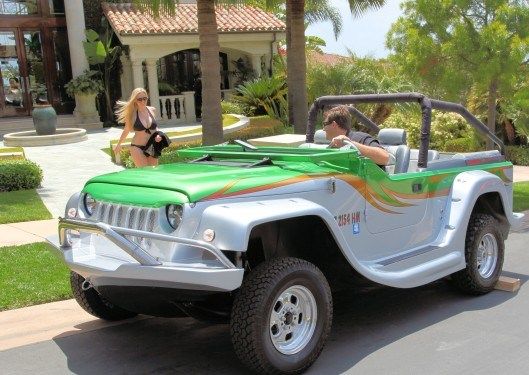
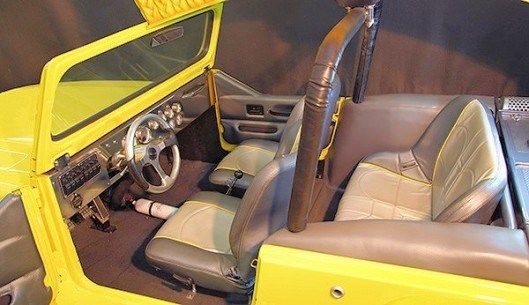
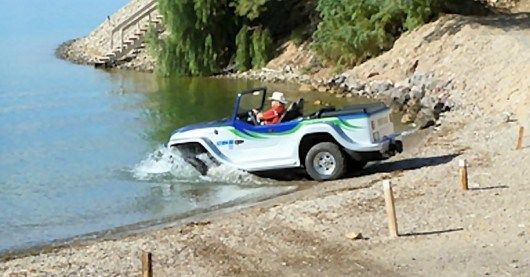
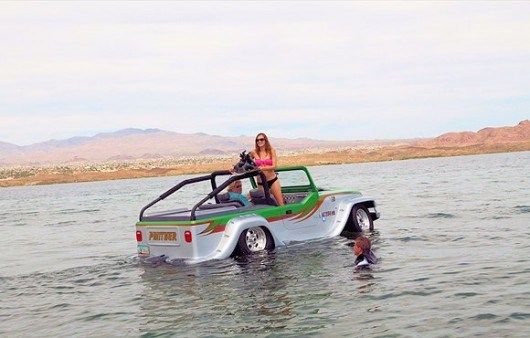

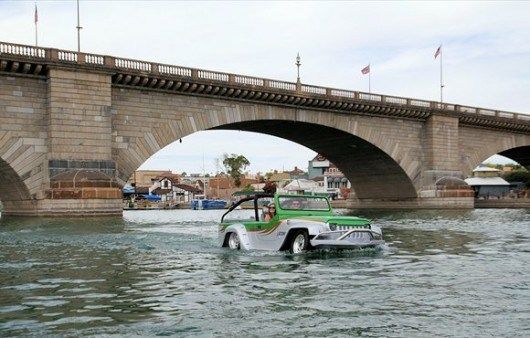
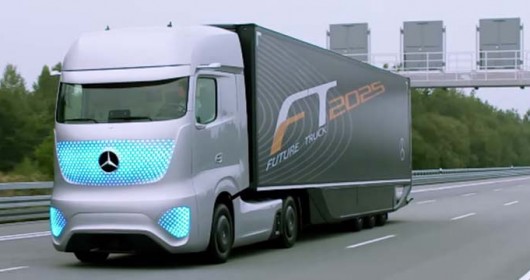
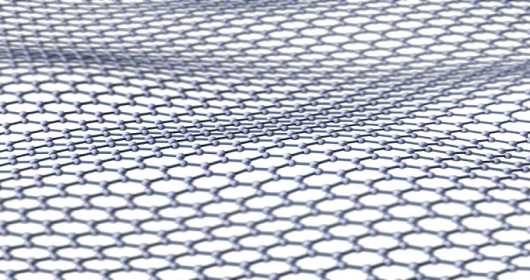


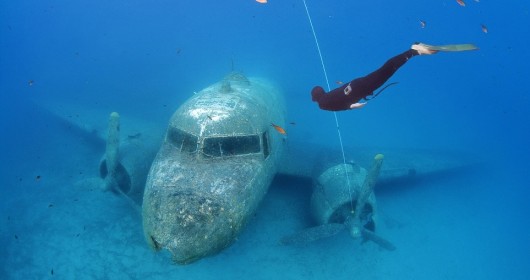
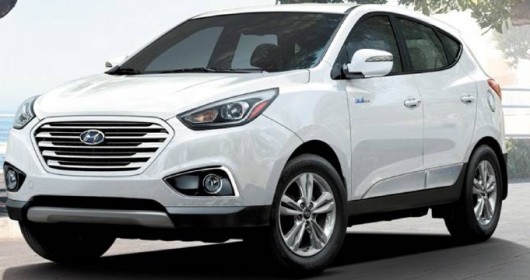
Comments are closed.